If you are interested in gardening, then you may have come across the term “mulch” or “mulching”. Mulch is different from wood chips but provides similar benefits necessary for healthy plant growth. Mulch provides your plants with shade and protection on hot days, prevents necessary moisture from evaporating, keeps invasive weeds from taking root and spreading, etc.
But, there are also different types of mulch materials that are used differently and understanding the difference between each and how to effectively mulch your garden is a key step towards learning effective gardening skills. You can also learn more about different gardening guides with us as well as more about mulching such as the lifespan of mulch, the difference between potting soil and potting mix, etc.
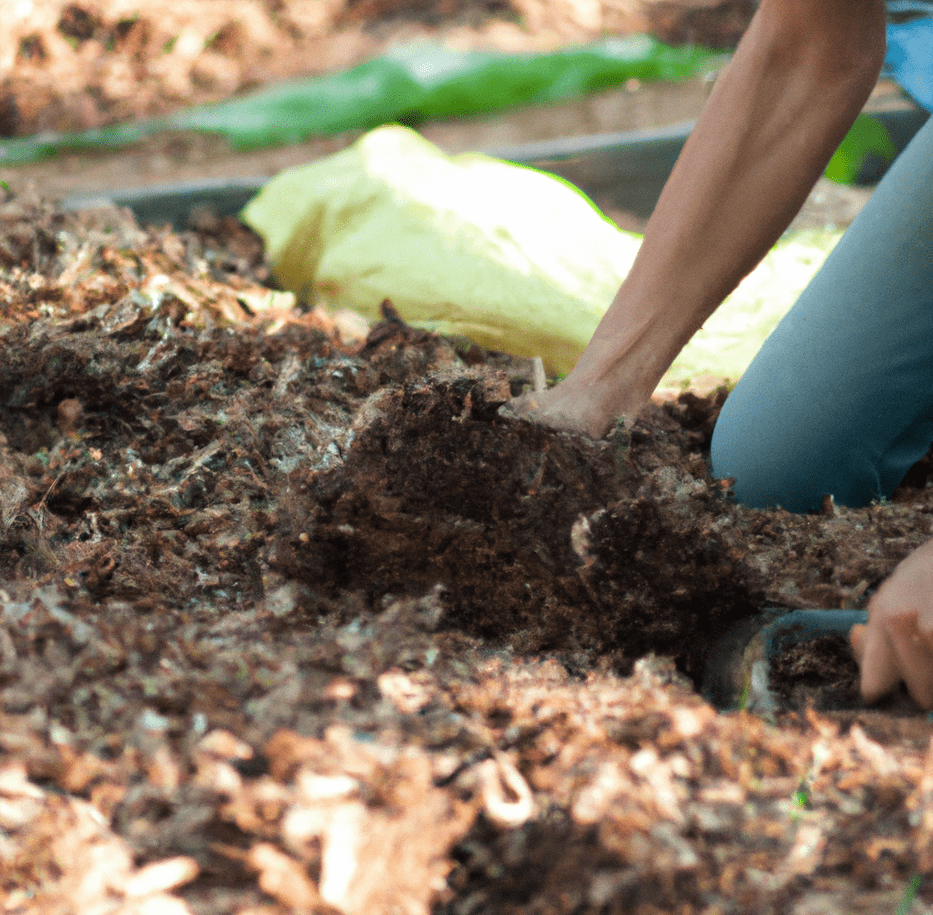
Two Types of Mulch
To put it simply, there are two main types of mulch: organic and inorganic mulches. The former consists of natural substances and elements such as wood, grass clippings, bark, leaves, compost, etc. These elements will decompose and break down as food for the soil. Organic mulch also lasts a few years and then you will need to replenish it. Finally, organic mulch is easier to spread and poses no risk to the soil as usually happens when planting shrubs or annuals.
The latter is a form of permanent mulch which is meant to be spread atop a landscape fabric and left as it is. It costs less, requires less maintenance, but it isn’t easy to plant in and lacks the organic element of the former.
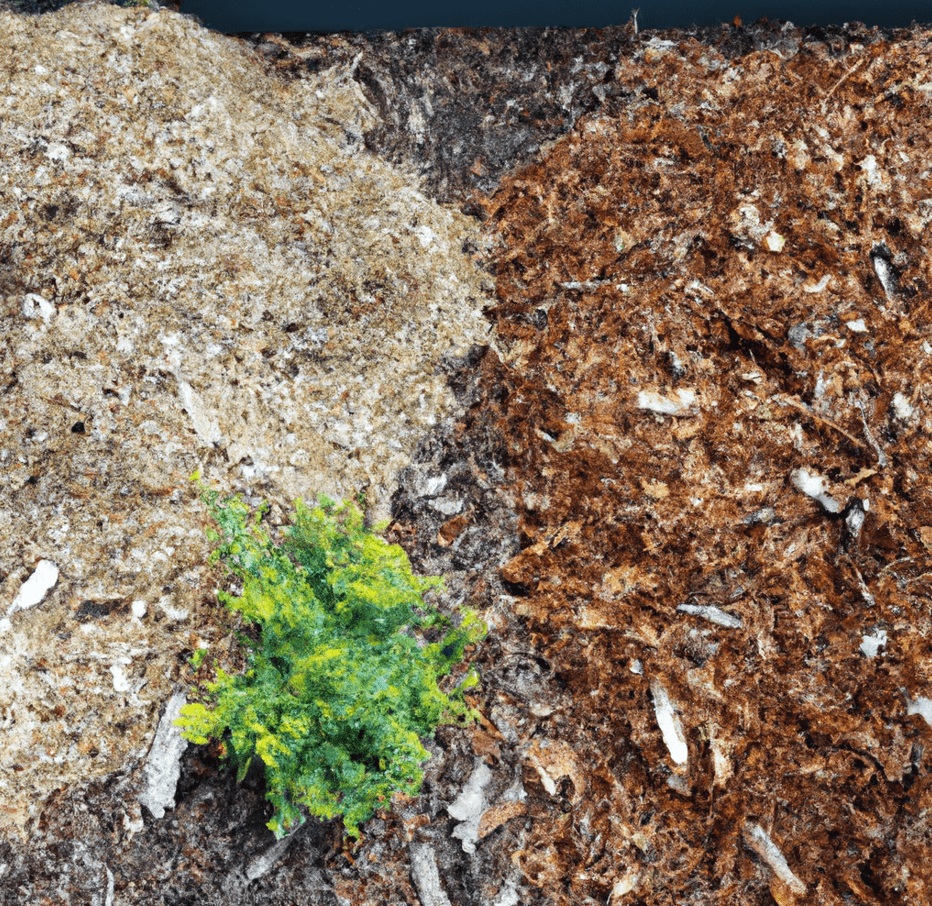
Types of Organic Mulches
1. Well-rotted horse manure
This form of organic mulch retains moisture well and is full of the necessary nutrients that can nourish your vegetation. It is especially useful for edibles such as pumpkins and flower beds like rose plants that are in poor condition and need to be fed immediately. To get optimal results, make sure that you leave it to rot and cook away for at least 2-3 years. If you skip this step, it can lead to the plant ‘scorching’, and also sucking out the nutrients from the soil surface as it begins to break down. You can also learn more about how much sun do plants and herbs actually need to grow healthy.
2. Mushroom Compost
This is an alkaline based much which is extremely easy to use and is also light on the bare soil. It consists of a high pH level and it is extremely useful for lime-centered vegetables such as broccoli, kale, and cabbage. However, it should not be used all over your vegetable garden and especially on ericaceous plants such as camellias and rhododendrons.
3. Homemade compost
This all-rounder mulch works well to retain moisture, improve the quality of the soil, and keep invasive plants like weeds from growing all over. It is easy to prepare and only requires kitchen and food scraps in your compost bin. Turn it after every few months and your homemade compost will be ready within a year.
4. Leaf mold
Leaf mold is used as a soil conditioner and can improve soil structure significantly. All you need to do is pile up the leaves that fall in autumn and bag them up. Your garden mulch will be ready in a year.
5. Composted bark and wood chips
Although the organic materials in this mulch break down slowly, it is an excellent choice to improve soil surface structure, drainage, and it also helps with retaining moisture levels.
Types of Inorganic Mulch
1. Rubber mulch
A rubber mulch is produced using recycled tires. Although it breaks down slowly, it is useful against weed growth. Some gardeners avoid using this form of mulch as old rubber tires may contain a number of harmful chemicals that can seep into the soil and create toxic clouds.
2. Rocks/Gravel mulch
This type of inorganic mulch is useful for gravel gardens and works to maintain moisture levels while also suppressing weed growth. Although these mulches can heat up a lot during summertime and when directly under the sun which may make it hard for some plants to grow.
3. Landscape fabric
This form of mulch is spread all over the soil to help to suppress weeds. Some of these fabrics may wither and disintegrate over time and along with plastic sheeting, it can seep into the soil and damage your plants. Some gardeners avoid this type of mulch as it can keep rain and other nutrients from reaching the soil.
When to Use Mulch
The ideal time to use your variety of mulch is usually spring or autumn. In some areas, April can also be a good time to mulch your vegetable garden or flower beds with shredded mulch and organic mulches thanks to the moisture in the soil.
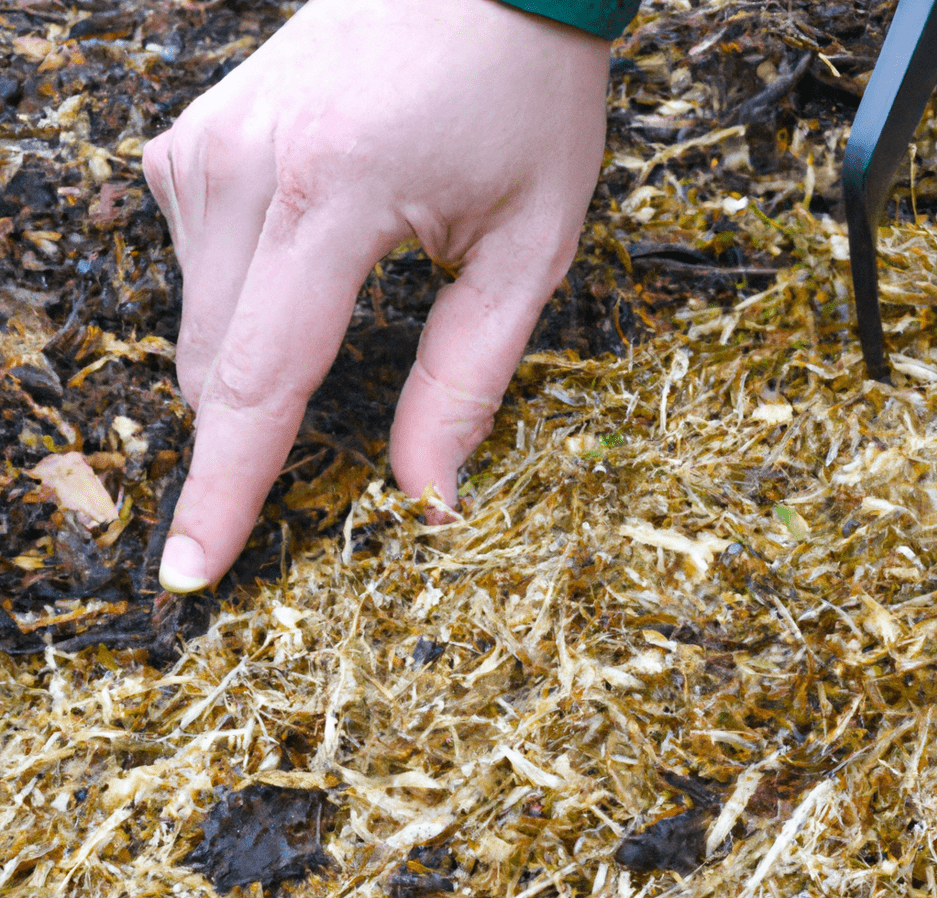
How to Pick the Right Mulch
Different types of mulch come with its own set of pros and cons. For example, shredded bark is popularly used as a landscape mulch and it is cheaper but it doesn’t nourish the soil to the same degree as other mulches do. Similarly, bark nuggets are commonly available but can be washed away with the rain.
If you do not want to purchase mulch, then you can prepare it yourself using yard waste such as grass clippings, leaves, compost, etc. This is an excellent soil conditioner and source of nutrients but it does not stop weed seeds. While grass clippings are effective, they can also get extremely soggy and can react poorly if your grass was recently treated with any herbicides.
Additionally, leaves can be used to mulch but need to be shredded first and pine needles are long lasting and especially effective with acid-based plants like azaleas.
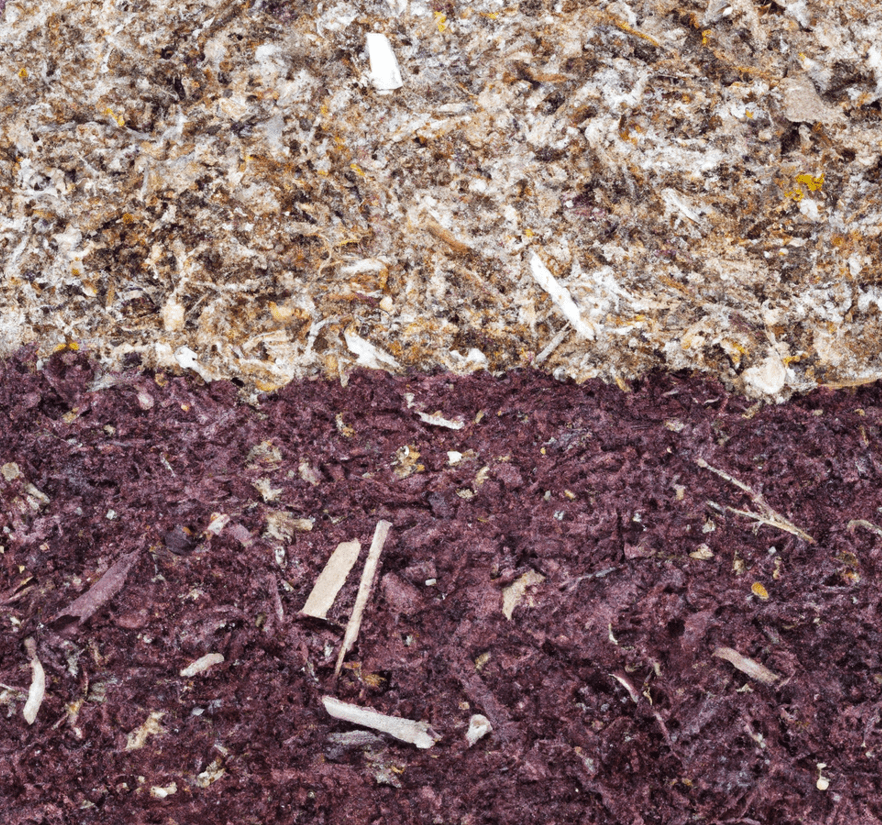
Ways to Apply Mulch Properly on Garden Beds
Mulching isn’t complicated. All you need to do is create a layer of 4-5 cm of the mulch of your choice especially around key vegetation. Make sure not to smother the plant roots and their stems. The thicker the layer of mulch, the less chances of weed growth but the plants will also find it harder to grow through. Spread the mulch evenly with a spade or a hoe.
Remember to prep the soil beforehand as it will save you time and effort when applying mulch.
- Pick out or fork out the perennial weeds periodically.
- Use a hoe or a rake to level out any bumps, dips, etc., and even out the layer.
- Hydrate the soil by watering it thoroughly before applying the mulch so it retains the moisture.
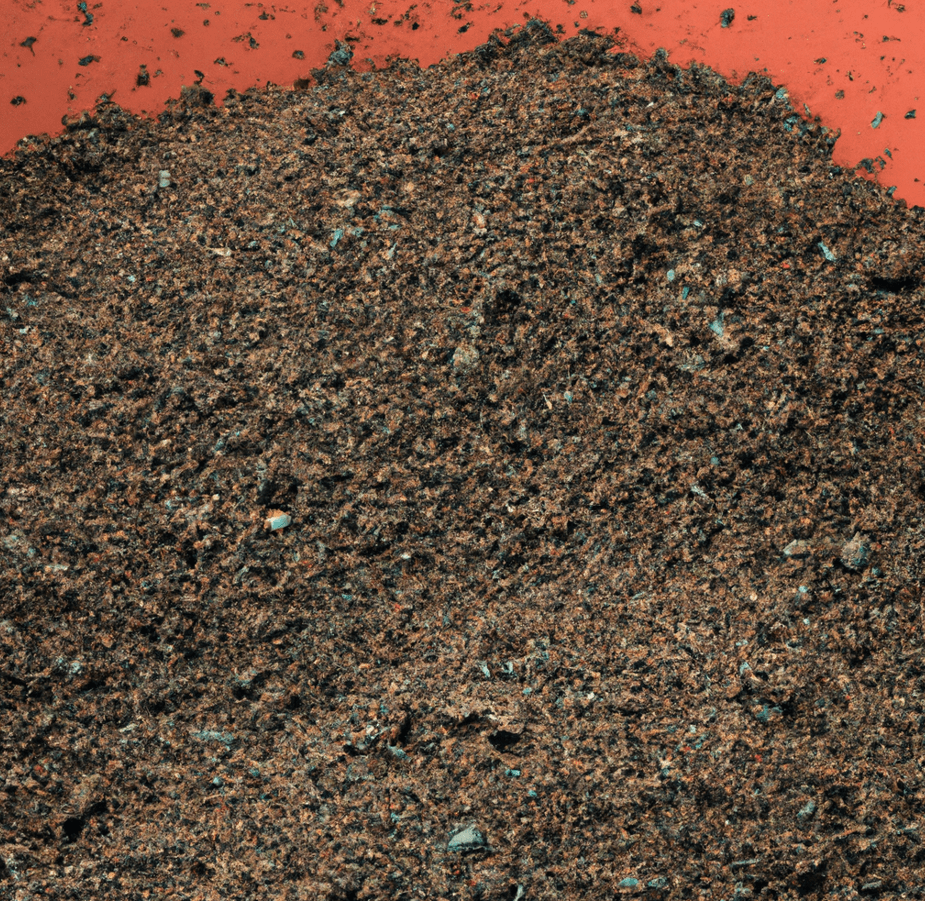
Key Tips for Mulching
While mulching is a simple process, there are some key steps that you should always keep in mind before you get started:
- Get a proper estimate of the amount of mulch you require and purchase it accordingly. Buying too little or too much is a hassle, so instead of wasting money and effort, make sure you calculate the amount you need for your vegetable garden or flower beds.
- The layer of mulch you add around your vegetable gardens should be around 2-3 inches thick. If you overdo it, it can lead to pest infestation. How much mulch is needed depends on the size of your garden.
- Plants of all varieties can receive mulch at any time of the year. You do not have to pick a set time. However, if you live somewhere with a cold climate then wait until the ground freezes before mulching.
- Always remember to mulch around shrubs and trees well. This can help in preventing injury or damage from mowers.
Frequently Asked Questions
What is the best time to put mulch?
The best time to apply mulch to you garden beds is during springtime. This is because it is the ideal time for the seedlings to grow through the later of mulch, so make sure that it isn’t too deep or the sprout will not break through.
What are the disadvantages of mulching?
While mulching is extremely fruitful for your garden bed, there are some disadvantages of it as well. Overdoing it can suffocate the plants and seedlings will rot away instead of growing through the later. Mulch can also hide insects and other pests so keep an eye out at all times.
What are the 3 main criteria for choosing the right mulch?
When choosing the right mulch, the 3 main criteria includes the right price, availability, and ease of application. Make sure that your mulch stays in place and injects the soil and your plant roots with the necessary nutrients for it to grow stronger.







